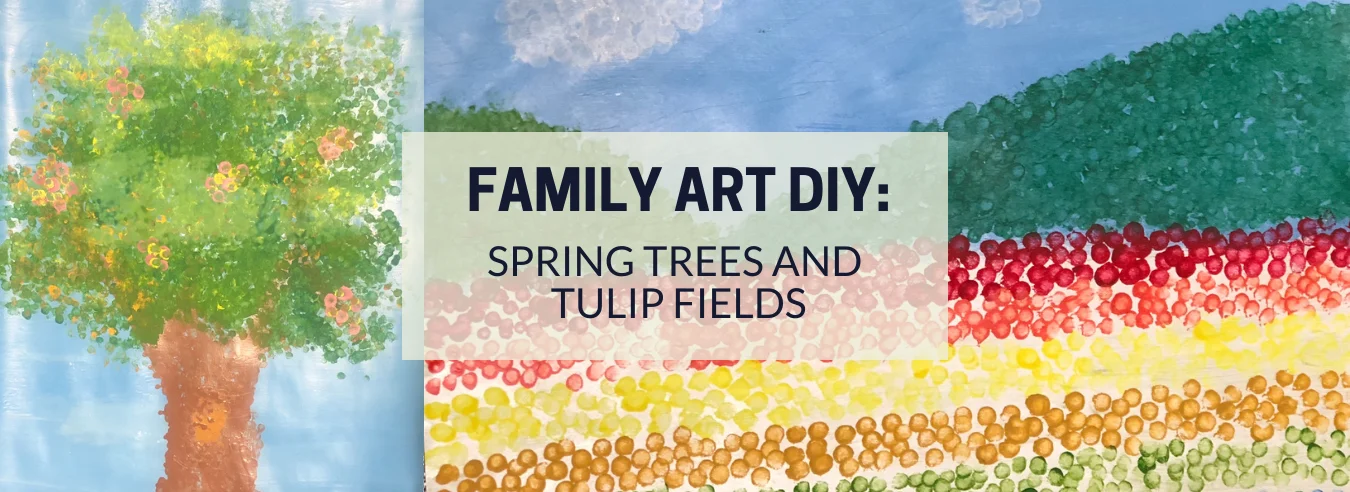With spring in the air, one usually thinks of the flowers and trees in bloom.…
Art in Sustainability

The art of finding and using objects to create new artwork has been around since the time of Pablo Picasso, who used items such as newspapers and matchboxes to create his Cubist collages. In the years following, many artists have continued to follow in his footsteps. From Salvador Dali’s simple, yet eye-catching, Lobster Telephone to Alexander Calder’s intricate Cirque Calder, repurposing materials was and still is an inventive way for artists to express their creativity and imagination without spending money.
Today, sustainable artists are using the same techniques, but with environmental conservation in mind. Sustainable art is made from both objects that are found as well as upcycled materials. The most important and absolutely key aspect of sustainable art is that it does not use materials or processes that are damaging to the environment, such as toxic paints and aerosol cans. Sustainable artists also promote sustainability through the themes of their creations, which often critique our current environmental issues while simultaneously highlighting nature’s beauty.
The following seven sustainable artists create compelling and thought-provoking artworks with environmentally-friendly materials and techniques and invite the viewer to think beyond what they’re seeing.
Cui Fei
At first glance, Cui Fei’s manuscripts simply look like elegant handwritten calligraphy. However, upon closer inspection, you’ll notice the intricate detail and imagine the amount of time it took for her to craft this art piece using dried twigs, vines, and plant husks. The hardened materials are the perfect contrast to the delicate swirls of the calligraphy they evoke. Cui Fei brings to light not only how beautiful foraged plants can be, but also the wonderful intersection of nature and cultural identity.
Mathilde Roussel
The piece below could be mistaken for a very detailed painting, but in actuality, it’s an installation of living grass sculptures shaped like falling human beings. Mathilde Roussel fashioned multiple bodies from recycled fabrics and then filled them with soil and wheat grass seeds. The grass naturally bloomed and grew upward, covering the top half of the body. These sculptures are simple, yet striking and surreal. Roussel wants the pieces to convey themes of transformation, life cycles, food, famine, and how we are all connected by the same needs.
Jaynie Gillman Crimmins
Although the shapes Crimmins creates with her wall sculptures are intriguing on their own, zooming in closely reveals the meticulous work she puts into her creations. Made from shredded junk mail, safety envelopes, and catalogs, these pieces are a perfect example of making art from what is considered by most to be trash. Crimmins painstakingly folds, rolls, and sews the material into works of art that take anywhere from 3-6 months to complete. Through these art pieces, she encourages s discussions about consumerism and waste.
In Search of Beauty, 2020 and Accumulations, 2015. Photos by Jaynie Crimmins.
Choi Jeong Hwa
Pop Art is often characterized as being colorful, psychedelic, and eclectic. This is a fitting way to describe the art that Choi Jeong Hwa creates, with the added bonus that many of his pieces are made with sustainable materials. One of his most striking sculptures is made entirely of used and discarded pots, bowls, and other kitchenware that Hwa had collected during his travels. The aptly-named Dandelion challenges the notion that art is an expensive luxury reserved only for the rich. As an artist, Hwa strives to find value and beauty in everything, even objects that we may seemingly no longer have any use for.
Dandelion, 2018. Photos by Choi Jeong Hwa.
Aurora Robson
The Great Pacific Garbage Patch is the largest of five areas in the ocean covered with plastic garbage. Located between Hawaii and California, the GPGP floats over a million square kilometers of sea. While learning about the problems with plastics in our oceans, Aurora Robson was inspired to create sustainable art. Take for example Kuleana, her stunning work of abstract art, made entirely from ocean plastic collected by the Sustainable Coastlines nonprofit. This stunning piece draws you in with its splendor and leaves you contemplating what we can do to help solve this enormous problem.
Ryosuke Harashima
For Ryosuke Harashima, his Japanese heritage is a constant source of inspiration. In his most recent art collection, entitledSTILLIFE, he draws from the spiritual concept of ‘tsukumogami’. In Japanese folklore, after 100 years of existing, a tool or object gains a spirit and becomes sentient. The object then becomes even more attractive to people and inspires creativity within them. With this in mind, Harashima began taking old, traditional objects and crafting them into something new as a way to give them “a new life.” The piece below is a fascinating blend of antique and modern sensibilities. The main component is a traditional Japanese storage chest with the locking bar mechanism still intact. By placing it over a sleek brass metal frame and adding a glass top, it becomes something entirely unique. In this way, Harashima continues the running theme of sustainability;preserving aged materials and giving them a second life as incredible works of art.
Agnes Denes
Agnes Denes is one of the most notable and impactful sustainable artists. . With a long career spanning decades and multiple art mediums, Denes has always maintained her focus on environmentalism. Her most famous work is Wheatfield—A Confrontation, a living ecological exhibit that created an enormous amount of buzz in 1982. The two-acre wheat field was planted on a landfill in Manhattan and produced over one thousand pounds of golden wheat. Seeds from the exhibit were given away to be planted all over the world. This piece initiated conversations on the topics of food, hunger, waste, consumption, industrialization, and world trade.
Today, Denes continues to spark conversations about the environment with what are referred to as “earth sculptures.” The Living Pyramid is a sculpture made of over 50 wooden tiers that contain hundreds of soil-filled planter boxes in New York. Left unperturbed, the pyramid grows with the seasons and can often be seen covered in bright green buffalo grass and eight species of flowers. This piece promotes the importance of ecological diversity and environmental protection even in urban settings.



